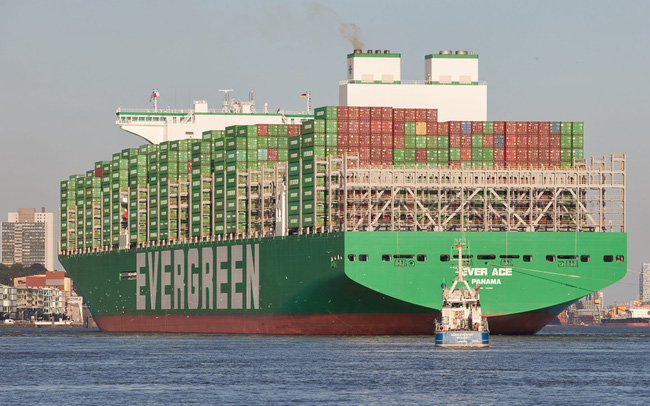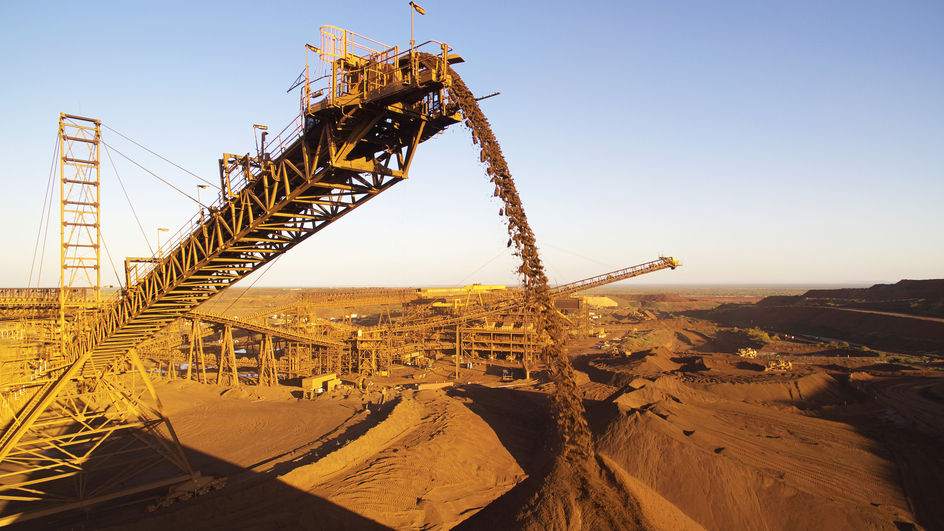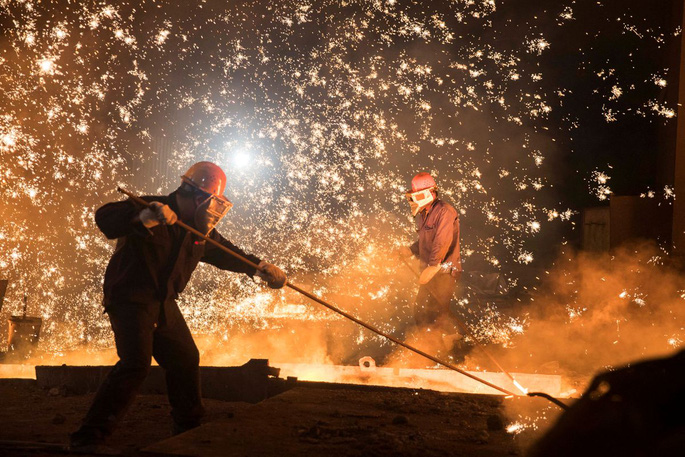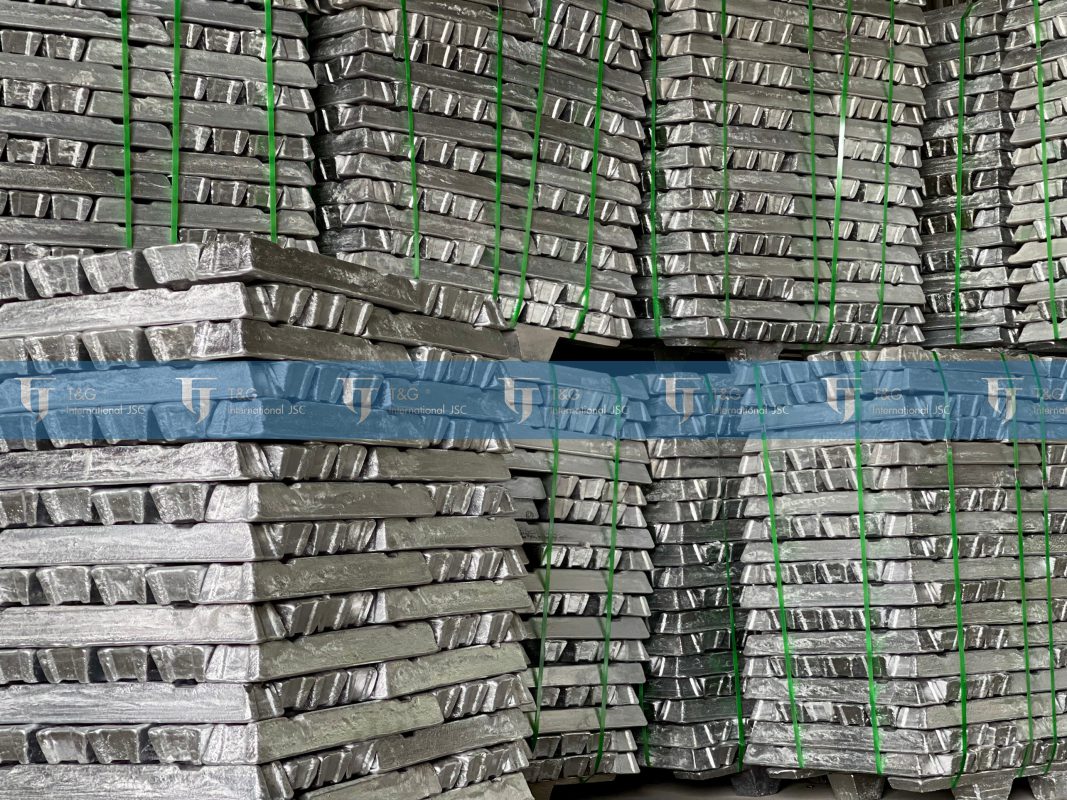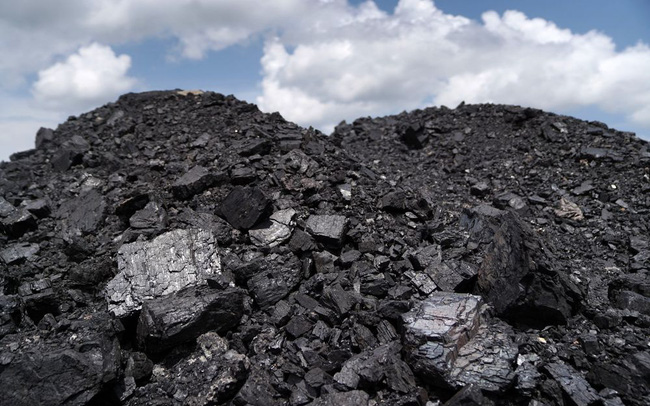Since the end of August until now, the global energy shortage has become more and more serious, causing price inflation in the international energy market.
This has caused a global “domino effect” such as shortages of other commodities, difficulties in production activities of enterprises, and sharp increase in commodity prices, creating factors of instability and crisis. crisis and unpredictability for the world that is “struggling” with the COVID-19 pandemic.
Global energy price inflation
This is not the first time the world has experienced an energy shortage, but this energy crisis is unique and complex. The general opinion of the international community is that the current global energy shortage causes the prices of key energy commodities to skyrocket.
Taking global crude oil prices as an example, since bottoming on April 20, 2020, the price of US light sweet crude (WTI) has risen almost vertically, with a few months of slight declines, which breaks Many pessimistic predictions that international crude oil prices will continue to fall.
The closing price of WTI oil was $62.32/barrel on August 15 and has risen sharply since October 1, now hovering above $80/barrel, the highest level since October 2014. The UK’s Financial Times commented that these are important signs that a global energy crisis is about to break out.
North Sea Brent crude oil price jumped to $86.04 per barrel at one point in the session on October 18, the highest level since October 2018. And market analysts predict that the price of Brent oil is likely to hit $100 this year.
Besides, since October 2021, gas prices in Europe have continuously broken records, November futures prices on the TTF central floor in the Netherlands – a standard for natural gas in Europe – date October 5, up 19% from a day earlier, was trading at around 118 euros (about $137.50) per MWH – a record high and up 400% from the start of 2021, making the economic market more volatile. surprised.
Crude oil and natural gas are materials that are in short supply, even scarce in the current global energy market, and the coal-fired power industry has once again become a major concern of many countries.
(Artwork: AP).
What’s happening for the energy market?
As energy prices continue to climb, Francisco Blanch, Bank of America’s global head of commodities and derivatives research, has forecast four possible scenarios. from now until the beginning of 2022.
In the first scenario, a sharp increase in energy prices would lead to an economic recession. Mr. Francisco said that the current energy shortage has similarities with the oil price surge from 2007-2008.
At the beginning of 2007, the price of Brent oil was only at $50/barrel, but then nearly doubled to $95.98/barrel by the end of that year. And by July 2008, oil prices reached an “unprecedented” high of nearly $150 a barrel, before plunging miserably when the Great Recession broke out.
If a similar scenario plays out during this “black gold” rally, Francisco said that many large players in the industry could drastically cut production activities, and eventually lead to a recession. economic depression. In fact, rising energy prices have been forcing many companies, especially in Europe and Asia, to shut down production.
Second, Mr. Francisco said that the increase of any one of these items will also cause manufacturers to increase production, or look for more affordable alternatives.
So far, US shale oil companies have been “secretive” about their plans to increase investment in domestic production next year. But it seems they are still not ready for an increase in output as investment is still being held back in favor of shareholders’ profits.
Meanwhile, amid sharp increases in coal and natural gas prices, many companies are turning to oil. This trend could cause global oil demand to increase by about 500,000 bpd, according to forecasts by the International Energy Agency (IEA).
Third, a warm winter will temporarily “calm down” the situation. Global energy prices are rising ahead of winter, when coal and natural gas consumption often spikes to meet heating demand.
Buyers around the world are competing with each other for limited supply, while energy prices remain sky-high. The US Energy Information Administration (EIA) on October 13 warned Americans to prepare for soaring heating costs this coming winter.
But what if this winter is warmer than anticipated? According to Francisco, then, the natural demand will decrease and the problem will also “randomly” be temporarily resolved.
Finally, Francisco predicts it is likely that central banks will raise interest rates, and cut quantitative easing policies, thereby “cooling down” overall growth and energy consumption. .
Many officials at the US Federal Reserve (Fed) have signaled that the bank will cut its asset purchase program this year and start raising interest rates next year, in the context of the large economy. The world’s largest economy is continuing to recover and inflation is still increasing.
T&G International Joint Stock Company
Address: 352 Hue Street, Le Dai Hanh Ward, Hai Ba Trung District, Hanoi
Hotline: 0345786803
Email: hrm@tginterjsc.com
Website: http://tginternationaljsc.com






